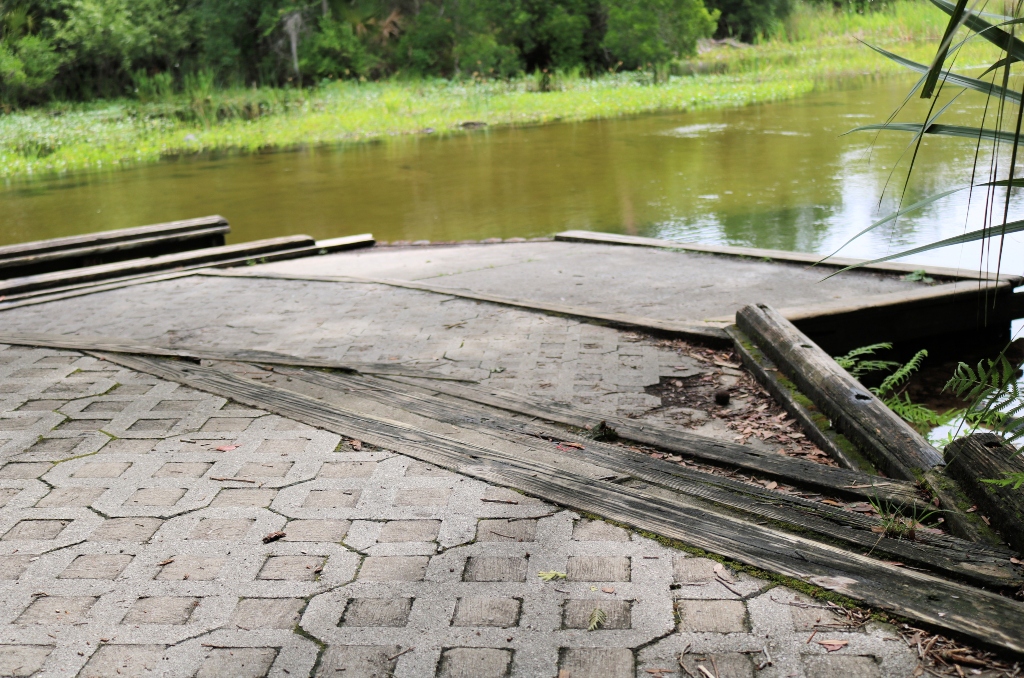Ocala, Fl. – Part of the Florida Barge Canal – Courtesy: Shutterstock – Image by TAMMY M JOHNSON
In the 1970s, President Richard Nixon halted the Trans Florida Barge Canal’s construction in response to environmentalist protests, putting an ill-fated scheme that had been conceived decades before to an end.
Since the advent of the Spanish explorer Pedro Menendez de Aviles in Florida in the 16th century, traders and businesspeople have discussed the possibility of connecting inland waterways in order to make the Sunshine State navigable. However, multiple evaluations conducted in the 1800s indicated that creating a canal would be prohibitively expensive or challenging to complete.
A water-based link from Palatka to the Gulf of Mexico that would have sped up shipping and transportation was put into motion when Franklin D. Roosevelt introduced his New Deal program in the 1930s.
By the time it was abandoned, the project was only about a third of the way finished, but it left intriguing ruins and artifacts behind. Take a little stroll through some trees on a highway median in Ocala to see four enormous steel-reinforced concrete bridge stanchions constructed in 1936. These structures were intended for a roadway over a canal that was never completed.
These artifacts are located on The Island in Ocala, a historical interpretative park across the street from the Santos trailhead and campground, the starting place for the most well-known mountain bike trails in Florida. In the center of U.S. Highway 441, this park and the Florida Trail cross paths.
Learn about the “Ditch of Dreams” and retrace Florida’s historical steps on a little hike of less than a mile. The motivations for a canal are explained via a chronology, which highlights the need for one in order to secure gold shipments and lessen the amount of sunken ships and cargo losses experienced when transiting through the Florida Keys.
During the Great Depression, the project did employ more than 6,000 people, but in the process, Florida lost a great deal of long-leaf pines, oak trees, and wild animals. The government’s acquisition of land also resulted in the displacement of thousands of individuals.
Almost every level of the project encountered challenges. Under the FDR administration, the project’s New Deal money swiftly ran out while environmental resistance grew.
When renowned environmentalist Marjorie Harris Carr used public relations and storytelling to fight protect Florida’s natural lands and waterways, the Trans Florida Barge Canal came to an end. She established Florida Defenders of the Environment in 1969, launched a lawsuit, and mobilized many people against the canal.
Are you interested in Florida’s history? For stories like this and much more: Florida Insider is dedicated to educating, entertaining and informing its readers about everything Florida. Easy to read content at the palm of your hands and covering the stories that matter.
Melissa’s career in writing started more than 20 years ago. Today, she lives in South Florida with her husband and two boys.

